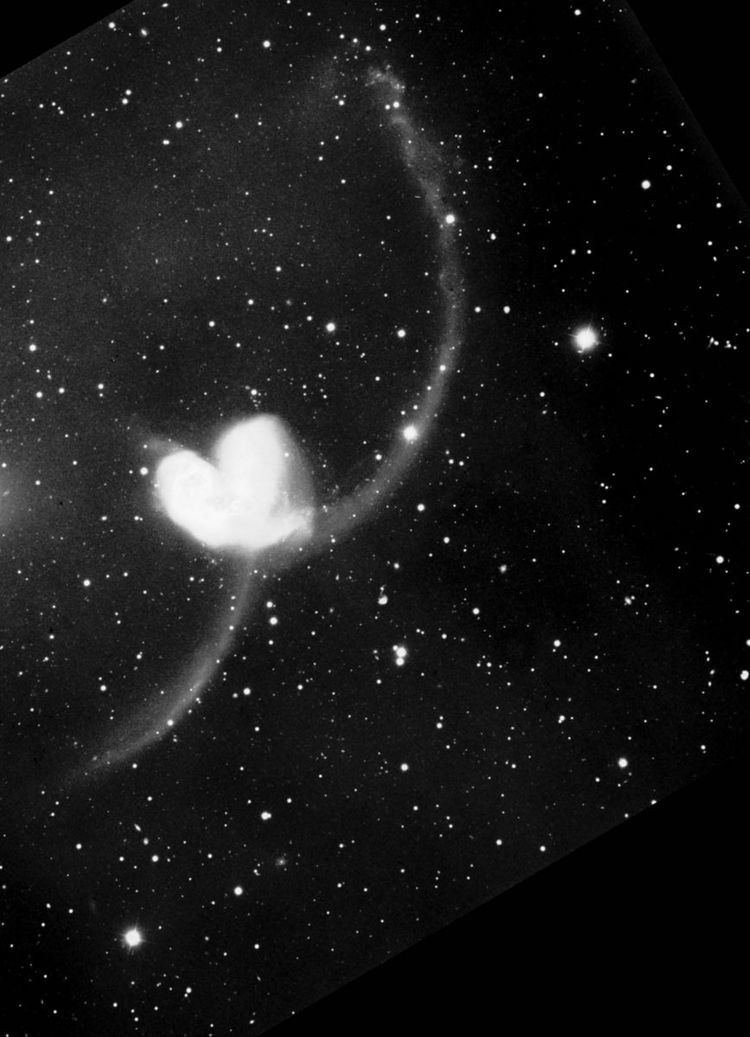 | ||
A galactic tide is tidal force experienced by objects subject to the gravitational field of a galaxy such as the Milky Way. Particular areas of interest concerning galactic tides include galactic collisions, the disruption of dwarf or satellite galaxies, and the Milky Way's tidal effect on the Oort cloud of the Solar System.
Contents
Effects on bodies within a galaxy
Tidal effects are also present within a galaxy, where their gradients are likely to be steepest. This can have consequences for the formation of stars and planetary systems. Typically a star's gravity will dominate within its own system, with only the passage of other stars substantially affecting dynamics. However, at the outer reaches of the system, the star's gravity is weak and galactic tides may be significant. In the Solar System, the hypothetical Oort cloud, believed to be the source of long-period comets, lies in this transitional region.
The Oort cloud is believed to be a vast shell surrounding the Solar System, possibly over a light-year in radius. Across such a vast distance, the gradient of the Milky Way's gravitational field plays a far more noticeable role. Because of this gradient, galactic tides may then deform an otherwise spherical Oort cloud, stretching the cloud in the direction of the galactic centre and compressing it along the other two axes, just as the Earth distends in response to the gravity of the Moon.
The Sun's gravity is sufficiently weak at such a distance that these small galactic perturbations may be enough to dislodge some planetesimals from such distant orbits, sending them towards the Sun and planets by significantly reducing their perihelia. Such a body, being composed of a rock and ice mixture, would become a comet when subjected to the increased solar radiation present in the inner Solar System.
It has been suggested that the galactic tide may also contribute to the formation of an Oort cloud, by increasing the perihelia of planetesimals with large aphelia. This shows that the effects of the galactic tide are quite complex, and depend heavily on the behaviour of individual objects within a planetary system. Cumulatively the effect can be quite significant, however; up to 90% of all comets originating from an Oort cloud may be the result of the galactic tide.
Effect on Earth
The galactic tide's effect is negligible on Earth, though could in theory be measured by sea level changes like other tides: If the sun's tidal effect is 1, then the Moon's is 2 and the Milky Way's is about 10−12. Therefore, if tidal effects from the Moon were to raise the sea level 10 meters, the effect of the Milky Way would raise the sea about 10 picometres, less than the size of an atom.
